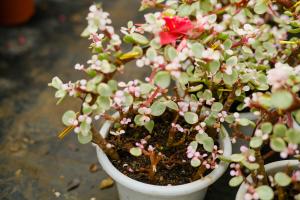1、 Soil:
Turnip cabbage has strong ability to absorb fertilizer. It likes to grow in wet sandy soil and can adapt to acidic soil
2、 Fertilization:
Turnip cabbage has a great demand for fertilizer. During cultivation, compound fertilizer is used as the base fertilizer and organic fertilizer is required. Topdressing is required for 2-3 times in the growth period
3、 Watering:
Turnip cabbage does not have a strong demand for water at the seedling stage, so it can be watered in time. In the later stage of growth, the watering times should be increased in combination with topdressing to supply sufficient water
4、 Temperature:
Brassica oleracea has strong adaptability to temperature. The lowest temperature is - 2 ℃, the seeds can germinate at 2-3 ℃, and the most suitable growth temperature is 13-18 ℃
5、 Precautions:
1. Disease:
The most common is viral disease, which will lead to plant growth difficulties, deformities and serious plant death. It can be sown late at an appropriate time, so that the disease sensitive period can be postponed to the cold season. If sick plants are found in the field, they can be removed in time to reduce the transmission of pathogens. At the same time, keep the ground moist, reduce the ground temperature and reduce the incidence of disease
2. Pests:
The main pests include aphids, whitefly, etc. insecticides such as trichlorfon, aphid fog and Tianda high-efficiency cypermethrin can be used for continuous spraying to eliminate pests, so as to prevent harming crops

 jackfruit
jackfruit snake plant
snake plant hibiscus
hibiscus hydrangea
hydrangea lavender
lavender Green roses climb al...
Green roses climb al... If you don't pay att...
If you don't pay att... Management of four g...
Management of four g...





























